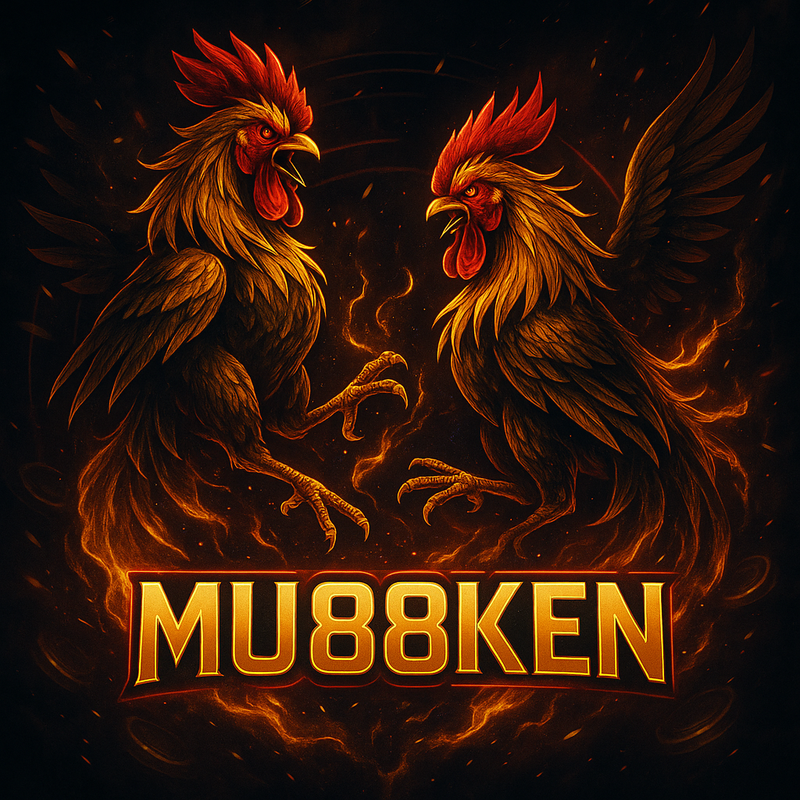
In the shadows of country locations and temporary stadiums, a hidden world flourishes, in which passion and tradition merge in a display that has enraptured numerous over centuries. Cockfighting, often viewed via a perspective of debate, embodies a rich tapestry of tradition, society, and rivalry. Beneath the surface, the life of a cockfighting handler reveals itself, characterized by dedication, strategy, and an unshakeable bond with the birds they train.
Trainers, commonly seen as both caretakers and contenders, dive themselves in the complex art of rearing and preparing combat cocks. Every day is a blend of hard work and affection, in which the boundary between competition and fellowship blurs. As they get ready their fowl for the ring, these individuals not only depend on their understanding of wildlife behavior but also their own instincts and expertise, often passed on through families. In a universe in which every match is a test of ability, quickness, and heart, the life of a cockfighting handler unfolds a intricate story that is as much concerning the individual as it is about the feathered competitors they support.
History of Cockfighting
Cockfighting has a colorful past that dates back thousands of years, with evidence of its practice found in multiple cultures across the globe. The earliest documented instances of cockfighting are linked to old civilizations, including the Indus Civilization and classical Greece. In these cultures, roosters were valued and often raised for their fighting prowess, becoming symbols of power and valor. The practice spread through military victories and commerce, creating a footprint in countries such as Rome and later throughout Asia.
As cockfighting evolved, it took on different cultural significances. In classical Rome, it was favored among the elite and often included betting, making it an initial form of amusement that mixed athletics and gambling. Rooster fights were not just mere spectacles; they were events for social interaction and competition, reflecting the values and hierarchies of the time. This interaction of culture and sport persisted to grow, leading to more organized events and the establishment of guidelines governing matches. MU88
By the time cockfighting made its way to the New World, it had already evolved a varied set of practices and fanfare. The sport became deeply embedded in the rural cultures of Latin America and the Southern United States. https://mu88ken.com/ Farmers and community members gathered for fights, and the sport fostered community identities and customs. Although often debatable, its endurance speaks to the enticing nature of the sport and the bonds it creates among participants and fans alike.
The Role of the Handler
The handler plays a key part in the arena of bird fighting, acting as not only the guardian and coach of the roosters. Their duties start far before the match, as they make sure that the birds are in peak shape. This involves a meticulous regimen of feeding, exercise, and interaction, which helps in building the strength and behavior of the birds. A skilled handler spends countless hours observing and interacting with their birds, grasping their individual traits and likings.
During training, handlers employ various techniques to get ready their roosters for the fight. This might involve practice fights to assess their speed and motivation. Trainers must be skilled in identifying when a bird is prepared for a fight and when additional training is necessary. The connection formed between the handler and the rooster is crucial; trust and closeness can significantly affect the bird’s results. Effective communication is vital, as trainers must learn to interpret their birds’ movements and responses.
On the moment of the match, the handler acts as the tactician and moral supporter for their bird. Their role extends beyond just releasing the rooster into the arena; they are responsible for energizing the audience and upholding the spirit of the event. The handler’s experience and intuition can greatly affect the outcome of a match, as they make quick decisions that can alter the course of the match. Ultimately, the connection between the trainer and the rooster involves commitment and reciprocal appreciation, establishing the foundation of the bird fighting experience.
A Ethics and Debates
The practice of cockfighting raises major ethical questions, primarily centered around animal welfare. Opponents argue that the activity is essentially inhumane, as it subjects birds to fierce confrontations that can lead to severe injuries or death. The raising and training methods employed by handlers typically emphasize aggression and fighting ability over the well-being of the animals. This has led to broad condemnation from animal rights organizations, which advocate for the compassionate treatment of all creatures and view this practice as a form of abuse.
Additionally, the cultural endorsement of this practice in various societies complicates discussions about its ethics. For certain individuals, it is a deep-rooted tradition that represents a link to heritage and community spirit. Proponents cite the abilities required for handling and training the birds, as well as the community gatherings that occur during the events. However, this cultural perspective is sometimes challenged by a increasing awareness of animal rights, leading to heated debates about the ethics of preserving traditions that involve harm to animals.
Legal issues further complicate the issue, as cockfighting is illegal in many places while still being practiced underground. Authorities regularly grapple with enforcement, and where it is banned, supporters often argue that the law interferes on personal freedoms and cultural practices. This results in a divide between those who view this practice as a legitimate sport or cultural activity and those who believe it should be outlawed outright due to the implications of cruelty to animals. Navigating these perspectives remains a controversial aspect of the ongoing dialogue surrounding cockfighting.
